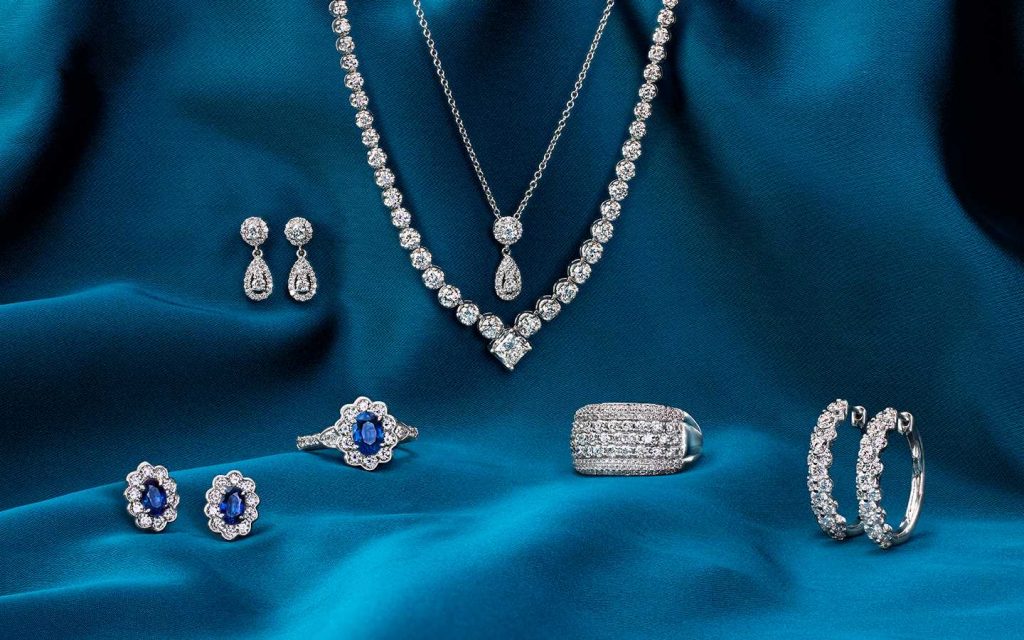
Jewelery companies in Lesotho
Lesotho, a small landlocked country in Southern Africa, is renowned for its significant diamond mining industry, which has a profound impact on its jewelry market. While Lesotho does not host a large number of jewelry manufacturing companies, its diamond resources have attracted global attention, leading to the growth of local and international companies involved in the trade and processing of diamonds.
1. Diamond Mining as the Foundation
Lesotho’s jewelry industry is primarily supported by its diamond mining sector. The country is home to some of the world’s most valuable diamond mines, including:
Letseng Diamond Mine: Operated by Gem Diamonds, this mine is famous for producing some of the largest and highest-quality diamonds globally. The rough diamonds extracted here often serve as the basis for luxury jewelry crafted worldwide.
Mothae Mine: Owned by Lucapa Diamond Company, Mothae is another significant mine producing large gem-quality diamonds.
Kao Mine: Managed by Storm Mountain Diamonds, Kao contributes significantly to Lesotho’s diamond output.
2. Local Jewelry Businesses
While most of Lesotho’s diamonds are exported as rough stones, a few local businesses and artisans focus on creating jewelry for the domestic and regional markets. These enterprises typically use imported materials or occasionally integrate smaller diamonds sourced locally.
Artisan Jewelers: Small-scale jewelers in urban centers like Maseru craft handmade jewelry, including rings, necklaces, and bracelets. These artisans cater to local tastes and often work on custom orders.
Cultural and Beaded Jewelry: Lesotho’s traditional jewelry incorporates local materials such as beads and metals. These designs are inspired by the Basotho people’s cultural heritage and are popular among tourists.
3. Role of International Companies
Several international companies involved in diamond cutting and polishing have ties to Lesotho. They purchase high-value rough stones for processing and export, which are later transformed into exquisite jewelry. Examples include:
Graff Diamonds: Known for working with exceptional diamonds from Lesotho’s mines.
De Beers Group: Although not directly operating in Lesotho, De Beers is a significant player in the global diamond supply chain and often features Lesotho-sourced diamonds in its collections.
4. Challenges and Opportunities
The jewelry industry in Lesotho faces challenges, including:
Lack of Local Processing Facilities: Most diamonds are exported as rough stones due to the absence of advanced cutting and polishing facilities.
Limited Local Market: High-end jewelry made from Lesotho’s diamonds is typically unaffordable for the majority of the population.
Dependence on Exports: The country relies heavily on foreign markets for its diamond industry.
However, opportunities exist to expand the sector:
Investment in Training: Programs to train locals in gem-cutting and jewelry-making could enhance value addition.
Tourism Integration: Marketing locally made jewelry as souvenirs for tourists could boost sales.
Partnerships with Global Brands: Collaborations with international luxury brands can promote Lesotho’s diamonds and foster growth in its jewelry industry.
Conclusion
Lesotho’s jewelry industry is inextricably linked to its diamond mining sector, which remains the backbone of the nation’s economy. While local jewelry manufacturing is still in its infancy, the country has immense potential to develop a vibrant jewelry sector through value addition and global partnerships. By leveraging its world-class diamond resources, Lesotho can position itself as a key player in the global jewelry market.



Leave a Reply